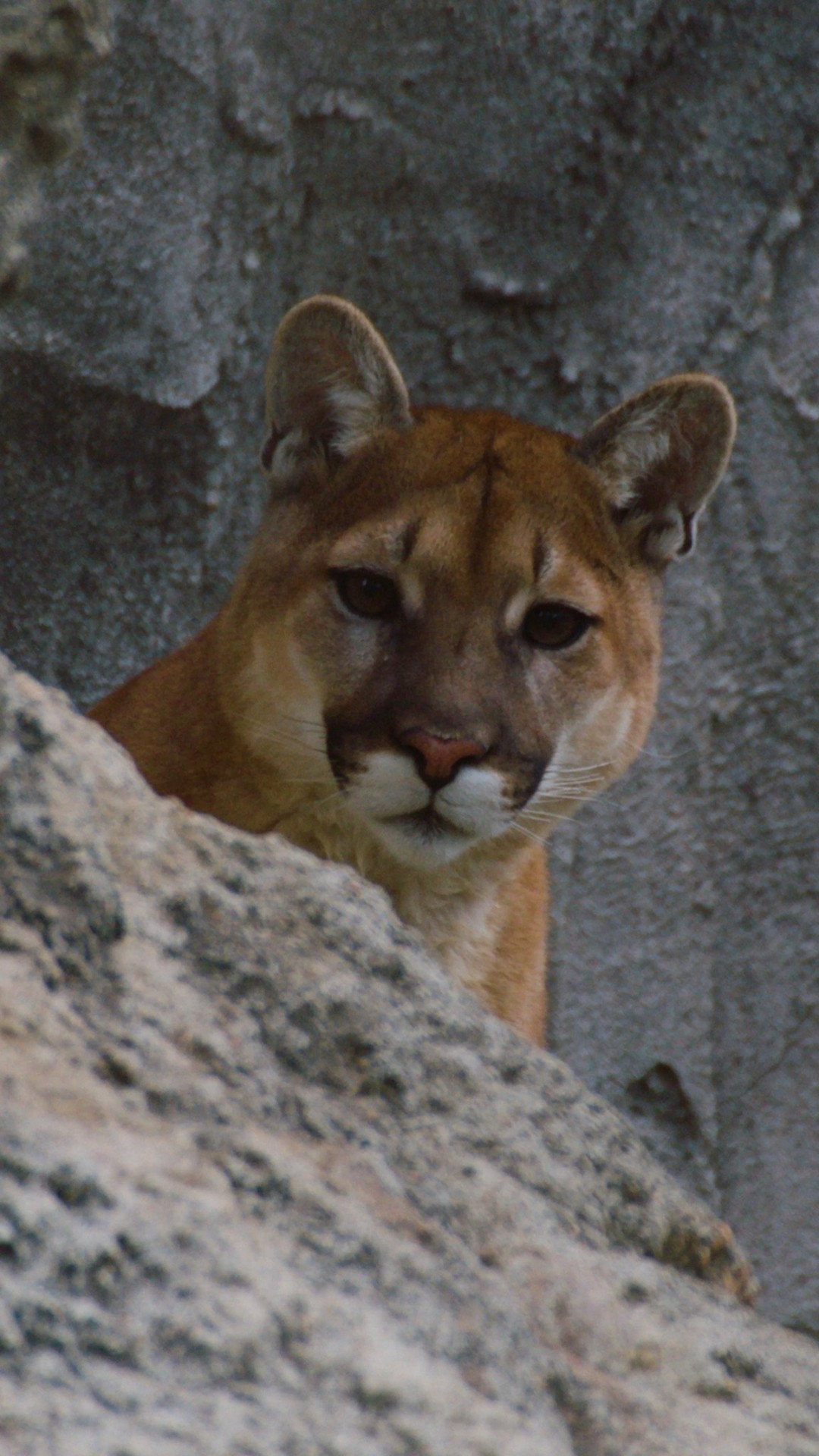- The taxonomy and classification of mountain lions
- Physical characteristics and behavior patterns
- Distribution and habitat preferences
- The role of mountain lions in the ecosystem
- Conservation efforts and challenges
Mountain lions, often referred to as cougars or pumas, belong to the genus Puma. Despite their impressive size, they aren’t classified with the “big cats” of the genus Panthera, which includes lions and tigers. Mountain lions are part of Puma concolor, showcasing unique characteristics that distinguish them from their larger feline relatives.
These remarkable animals are known for their adaptability and stealth. Adult males typically weigh between 120 to 220 pounds, and females range from 64 to 140 pounds. This size variance highlights their adaptability to different environments. Mountain lions exhibit tawny coats that enable them to blend into their natural surroundings effectively. They have long, powerful tails and muscular bodies, designed for swift and agile movements, making them formidable predators.
Their behavior is equally fascinating. Mountain lions are solitary and primarily nocturnal. They cover extensive territories, which can span anywhere from 10 to 370 square miles, depending on prey availability and environmental conditions. These cats communicate through scent markings, visual signals, and vocalizations, although they are generally elusive and prefer to avoid humans.
Their natural habitat extends across diverse ecosystems, ranging from forests and mountains to deserts. The adaptability of mountain lions to various terrains is a testament to their evolutionary success. Regions across North and South America are home to these animals, and they play a vital role in maintaining the balance of ecosystems by controlling the population of herbivores, such as deer.
The presence of mountain lions indicates a healthy, functioning ecosystem. They are apex predators, meaning they have no natural enemies in their habitats. By preying on deer, rabbits, and other wildlife, mountain lions help regulate these populations, preventing overgrazing and promoting biodiversity.
However, the existence of mountain lions is increasingly threatened by human activities. Habitat loss due to urban expansion, road construction, and agriculture poses significant challenges. Moreover, hunting and vehicle collisions are prevalent threats. Conservation initiatives aim to address these issues by creating wildlife corridors and implementing educational programs to foster coexistence between humans and wildlife.
Mountain lions are protected by law in many areas, and conservationists strive to enhance their habitats and raise public awareness about their ecological significance. Efforts include research on their behavior and population dynamics to inform policy decisions and conservation strategies.
Understanding the importance of mountain lions is crucial for biodiversity and ecosystem health. Educating communities and encouraging responsible land-use practices are essential steps in safeguarding their future. As humans and mountain lions share increasingly overlapping spaces, fostering harmony and respect for these majestic creatures is vital for their preservation.
In summary, mountain lions are extraordinary animals that play a crucial role in their ecosystems. Their adaptability, physical prowess, and ecological importance make them a subject of both admiration and conservation concern. By protecting their habitats and promoting coexistence, we can help secure a future where mountain lions continue to thrive.
*****
Source Description
Mountain lions: the BIG small cat 🐱
Except Te oyee, Pehkay, and Hemuk aren’t very small anymore. The mountain lion trio is nearly full grown, with the boys weighing in around 125 pounds and the not so little lady coming in at 105. Despite their size, mountain lions aren’t classified as “big cats” since they belong to the genus Puma rather than Panthera, which includes lions, tigers, jaguars, and leopards.


